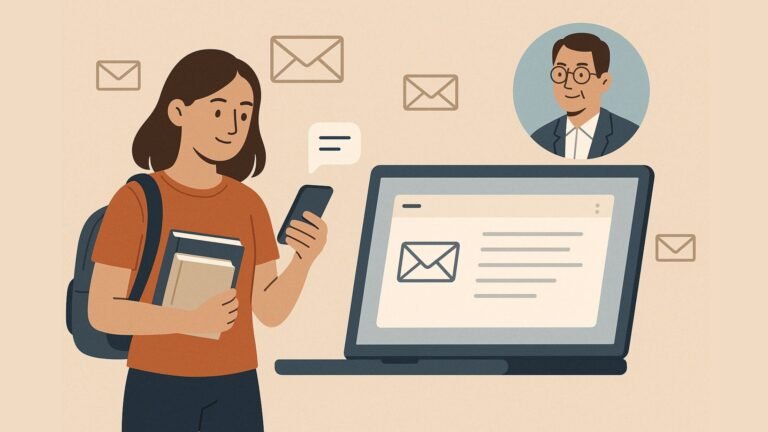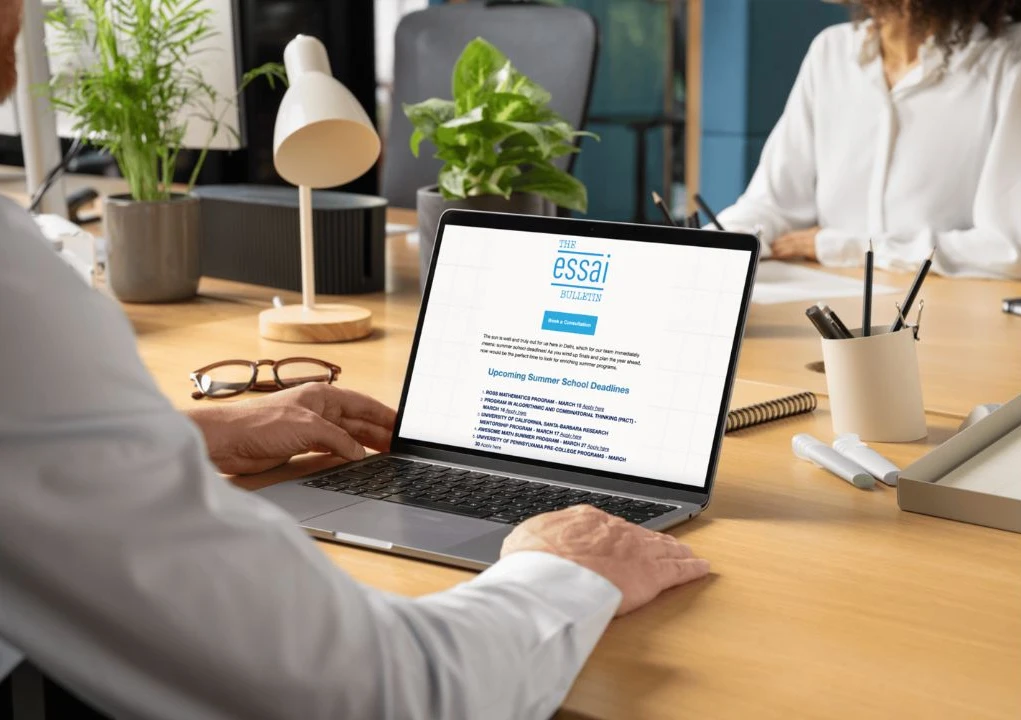Applying to Ivy League or top-tier universities can be a daunting task.
Beyond grades, essays, and test scores, many applicants overlook a crucial step: reaching out to professors before enrollment.
Doing this the right way can help you stand out, find research opportunities, and create meaningful academic relationships early on.
This ultimate guide provides you with eight professor outreach email templates that you can copy, adapt, and send today.
We’ll also cover research tips, etiquette, personalization strategies, mistakes to avoid, and answers to the most common questions about emailing professors before you enroll.
Everything here is written to be SEO-friendly, practical, and easy to follow — perfect for ambitious students.
We’ll also direct you to Essai and its blog for expert Ivy League admissions guidance, as well as PIPPAMS for project-based profile development.
Why Emailing Professors Before You Enroll Matters

Build Relationships That Last
Contacting professors early gives you a chance to form connections with potential mentors. Whether you’re looking for research opportunities or simply want guidance, a polite and thoughtful email can open doors you never knew existed.
Demonstrate Initiative and Fit
Professors (and admissions committees) value students who show initiative and genuine interest. Referencing their research or courses in your emails signals alignment with the program and shows that you’re not just another applicant.
Clarify Opportunities Early
By using professor outreach email templates, you can confirm if a professor is accepting new students, understand lab or project expectations, and learn about funding opportunities or course prerequisites before you arrive.
How to Research Professors Before Writing Your Email
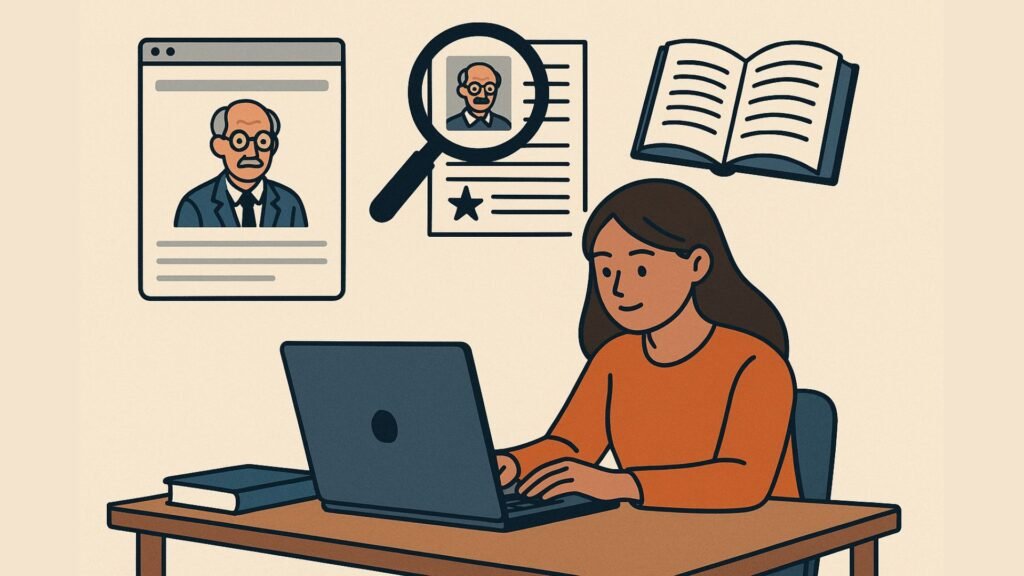
Use Department Websites and Faculty Pages
Check the university’s official website for faculty listings, research summaries, and contact information.
Read Recent Papers and Publications
Use Google Scholar or ResearchGate to see what they’re working on now.
Note Courses and Teaching Interests
Many professors list upcoming courses, syllabi, or special seminars.
Track Everything in a Spreadsheet
Create a sheet with columns for name, department, email, research focus, papers read, and notes on potential alignment.
This research gives you the details you need to personalize your email and make it memorable.
Understanding the Etiquette of Cold Emailing

Use a Professional Email Address
Preferably, your university email or a clean Gmail account with your full name.
Write Clear Subject Lines
Examples: “Prospective Student Interested in [Topic]” or “Question About Your Research on [Topic].”
Keep It Short and Structured
Two to four short paragraphs. Avoid giant walls of text.
Offer to Send Attachments
Instead of attaching everything at once, say “I’d be happy to send my CV” or link to a portfolio.
Close With Gratitude
End with “Thank you for your time,” followed by your name and contact information.
Adhering to etiquette increases the likelihood that your email will be read and answered.
Timing Your Outreach Strategically
- 6–12 Months Before Applying: Start identifying professors and sending initial outreach emails.
- 3–6 Months Before Applying: Follow up or ask for advice.
- 1–3 Months Before Applying: Send concise, respectful inquiries acknowledging the busy season.
- After Admission: Notify professors you’ve enrolled and express excitement to join their class or lab.
Professor outreach email templates make it easier to plan these stages.
Structuring Your Email for Maximum Impact

Think of your email in three key parts:
- Introduction: Who you are, your academic background.
- Why Them: Reference their research, teaching, or recent paper.
- Your Ask: A clear, respectful request (information, advice, opportunity).
Every one of the templates below follows this structure.
Common Mistakes to Avoid Before Sending
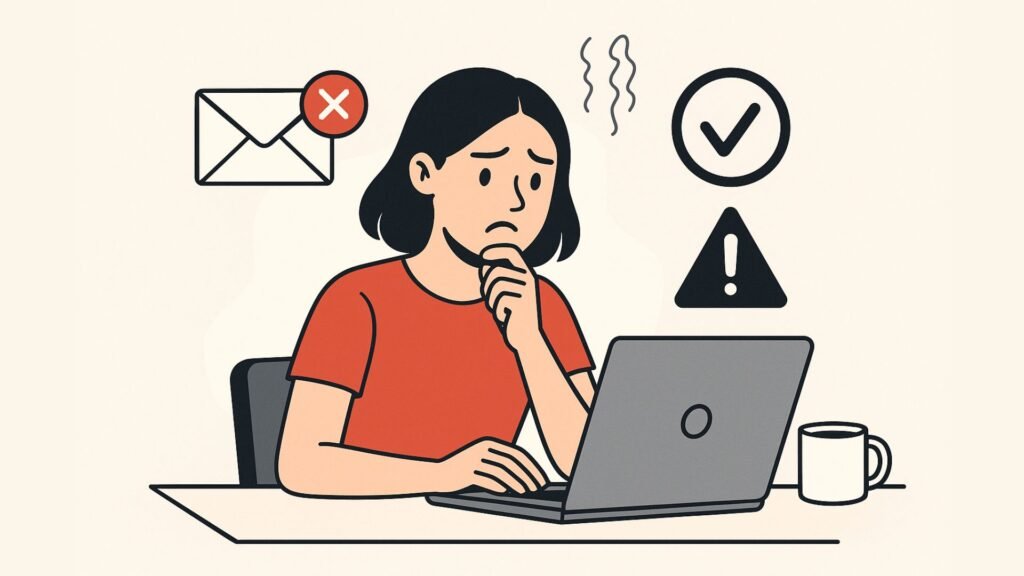
- Sending generic mass emails.
- Writing overly long messages.
- Using an informal tone.
- Forgetting to proofread names and titles.
- Failing to follow up after a week.
Avoid these mistakes to make a strong impression.
Personalizing Your Email: How to Stand Out

- Reference specific papers or projects.
- Highlight overlapping interests or goals.
- Show your initiative with relevant coursework or achievements.
- Ask one straightforward question instead of multiple vague ones.
- Track your outreach with a spreadsheet to stay organized.
These principles are built into the professor outreach email templates you’re about to see.
The 8 Professor Outreach Email Templates You Can Use Today
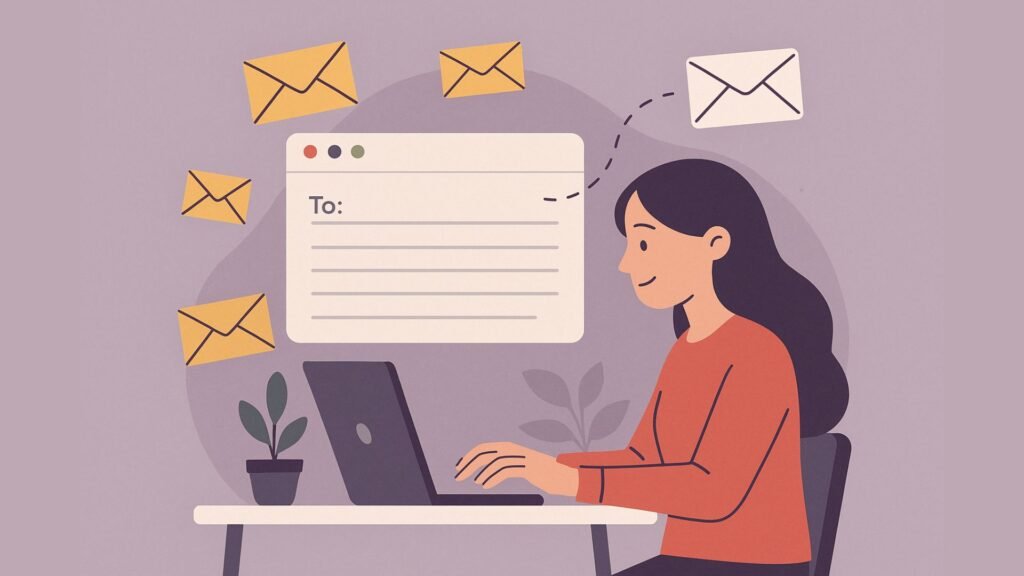
Below are eight complete templates with subject lines, email text, and explanations. Adjust to fit your situation.
Template 1: Introduction + Research Interest Inquiry
Subject: Prospective Student Interested in Your Research on [Topic]
Dear Professor [Last Name],
My name is [Your Name], and I am currently a [year] at [Your Institution]. Over the past [duration], I’ve been researching [topic or field] and found your paper “[Paper Title]” particularly inspiring.
I am applying to [University] for the [program] starting in [term/year] and would love to explore the possibility of working with you or taking your classes. Are you currently accepting students or research assistants?
If helpful, I can provide a short CV or a one-page summary of my recent work.
Thank you for your time and consideration.
Best regards,
[Your Name]
Why this works:
Short, specific, and professional — a model for all professor outreach email templates.
Template 2: Follow-Up After No Reply
Subject: Following Up: Interest in Your Research Group
Dear Professor [Last Name],
I hope you are well. I am following up on my earlier email regarding opportunities in your research group. I remain very interested in your work on [specific project/paper] and would appreciate any update you can share.
If you’re not accepting new students this cycle, kindly let me know so I can plan accordingly.
Thank you for your time.
Sincerely,
[Your Name]
Why this works:
A polite follow-up doubles your chance of a reply without sounding pushy.
Template 3: Interest in Coursework + Mentorship
Subject: Interest in Your [Course Name] & Potential Mentorship
Dear Professor [Last Name],
I will begin my studies at [University] next year in the [Department/Major]. I’m excited about your course [Course Name] and your research in [topic].
Could you advise if it’s possible to attend office hours, assist in your research, or prepare with recommended readings before the term begins?
Thank you for your time.
Best regards,
[Your Name]
Why this works:
Signals enthusiasm for teaching and mentorship — qualities professors appreciate.
Template 4: After Meeting at a Conference or Event
Subject: Pleasure Meeting You at [Event Name]
Dear Professor [Last Name],
It was wonderful meeting you at [Event Name] last week. Our conversation about [topic] reinforced my interest in [field/program].
I’m applying to [University] for [program] and would love to continue the dialogue or learn more about your work. If there’s a suitable time, I’d be grateful for a brief virtual meeting or any recommended readings.
Thank you again for your time.
Warm regards,
[Your Name]
Why this works:
Builds on an existing connection — one of the strongest types of outreach.
Template 5: Asking for Advice
Subject: Seeking Your Advice on Research Direction in [Field]
Dear Professor [Last Name],
I am currently exploring research in [Field]. Your work on [Paper/Topic] impressed me, especially your insights on [specific aspect].
I’m deciding between two research directions: [Option A] and [Option B]. Could you share any thoughts on which might be more promising?
If you’re open to it, I’d be glad to send you a one-page summary or schedule a 10-minute call.
Thank you for your time and insights.
Sincerely,
[Your Name]
Why this works:
A low-pressure ask that builds goodwill.
Template 6: Reaching Out Late in the Cycle
Subject: Graduate Application & Research Interest Inquiry (Applying Soon)
Dear Professor [Last Name],
My name is [Your Name], and I’m finalizing my application to [Program/University]. I admire your research on [topic] and look forward to the opportunity to work with you if I am admitted.
Are you currently accepting new students for [term/year]? If not, any brief advice you can share would be invaluable.
Thank you for considering my request.
Best regards,
[Your Name]
Why this works:
Transparent timing, respectful tone — ideal when deadlines loom.
Template 7: Thank You After a Reply or Interview
Subject: Thank You & Next Steps
Dear Professor [Last Name],
Thank you so much for your time and for reviewing my background. I appreciated your feedback and the encouragement you provided regarding [specific topic/project].
As discussed, I will [mention next steps, e.g., send additional materials, adjust my proposal, schedule a call].
If there’s anything else you’d like from me — writing samples, transcripts, or updated drafts — I’d be happy to provide it.
Thank you again.
Sincerely,
[Your Name]
Why this works:
Shows gratitude and keeps communication warm.
Template 8: Notify Professor After Enrolling
Subject: Excited to Join [University / Department] This Fall
Dear Professor [Last Name],
I’m thrilled to share that I’ve accepted an offer from [University] for [term/year]. I would like to thank you again for your earlier correspondence and advice, which greatly helped guide my decision.
I’m looking forward to possibly taking your course or assisting in your research. If there’s any preparatory reading or work you’d recommend before I arrive, I’d be delighted to start now.
Warm regards,
[Your Name]
Why this works:
Transforms a one-time interaction into an ongoing professional relationship.
Advanced Strategies for Successful Outreach

Craft Subject Lines That Get Opened
Use clear subject lines like “Prospective Student Interested in [Topic]” rather than vague ones.
Personal Branding
Include a professional signature with your name, institution, LinkedIn, and a personal website link.
Use Academic Networks
Connect on LinkedIn after emailing. Attend webinars or online events where professors speak and follow up with Template 4.
Timing and Frequency
Don’t email multiple times in one week. After two attempts without response, move on politely.
Integrating Outreach With Your Application
Mention your outreach in your Statement of Purpose to highlight fit and initiative. Use insights from professors to refine your essays and research statements.
Common Mistakes to Avoid With Templates
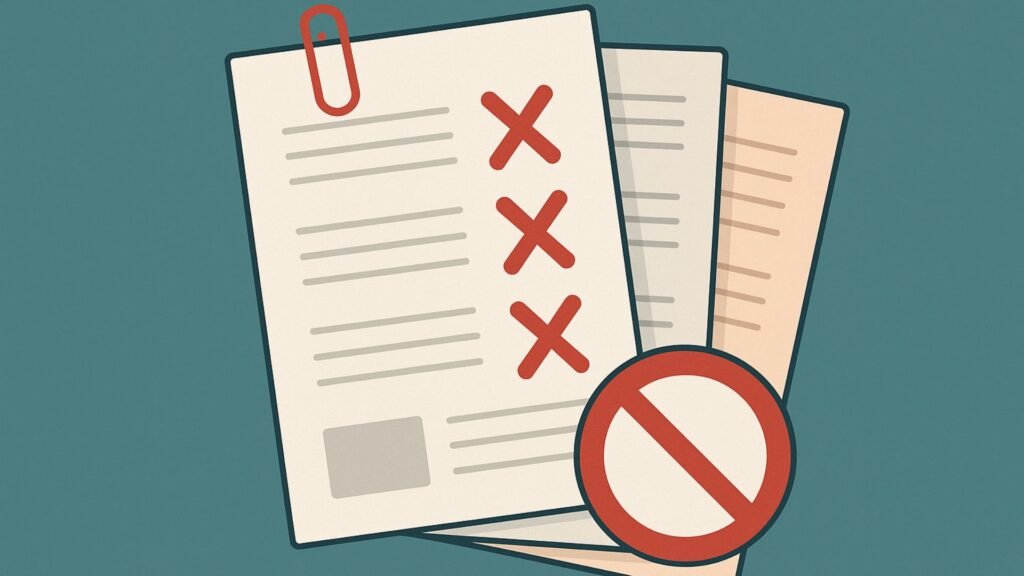
Even with excellent professor outreach email templates, mistakes can weaken your effort:
- Copy-pasting without personalization.
- Attaching too many files.
- Being too casual or too formal.
- Forgetting to proofread names and titles.
- No clear ask.
Avoid these pitfalls to maximize response rates.
Extended FAQs About Contacting Professors
1. How early should I start emailing professors?
6–12 months before submitting your application.
2. Should I call instead of emailing?
Email first. Professors can respond at their convenience.
3. What’s the best time of day to email?
Morning in the professor’s local time zone.
4. How do I handle no response?
Wait a week, send one follow-up, then move on politely.
5. Should I CC multiple professors?
No. One email per professor.
6. What if English isn’t my first language?
Keep it simple and clear. Professors value clarity.
7. How can Essai or PIPPAMS help me?
Essai provides Ivy League admissions guidance, essays, and profile-building strategies. PIPPAMS helps you structure project-based growth.
Putting It All Together
- Use Template 1 to start contact months in advance.
- Use Template 2 to follow up and Template 5 to deepen the relationship by seeking advice.
- Mention your contact with professors in your application essays to show proactive engagement.
- After acceptance, send Template 8 to start building relationships before you arrive on campus.
In other words, professor outreach email templates are not just for cold emails — they’re part of a complete admissions strategy to create visibility, build mentorship, and gain insights for your Ivy League application.
You Can Also Check: 7 Ivy League College Planning Tools to Master by Grade 11
Reaching out to professors before you enroll can give you a real edge — especially if you’re aiming for Ivy League schools.
With the eight professor outreach email templates in this guide, you can approach faculty with confidence, clarity, and respect.
These templates, combined with timing, etiquette, and advanced strategies, can transform your admissions journey.
To make your overall application even stronger, visit Essai and explore their blog for additional resources on essays, extracurricular activities, and admissions strategies.
Check out PIPPAMS as well for tools that support project-based growth.
Select one professor you admire, adapt one of these templates, and send it to them today. Taking the first step can open doors you didn’t know were there — and if you need expert help, Essai is ready to guide you.

